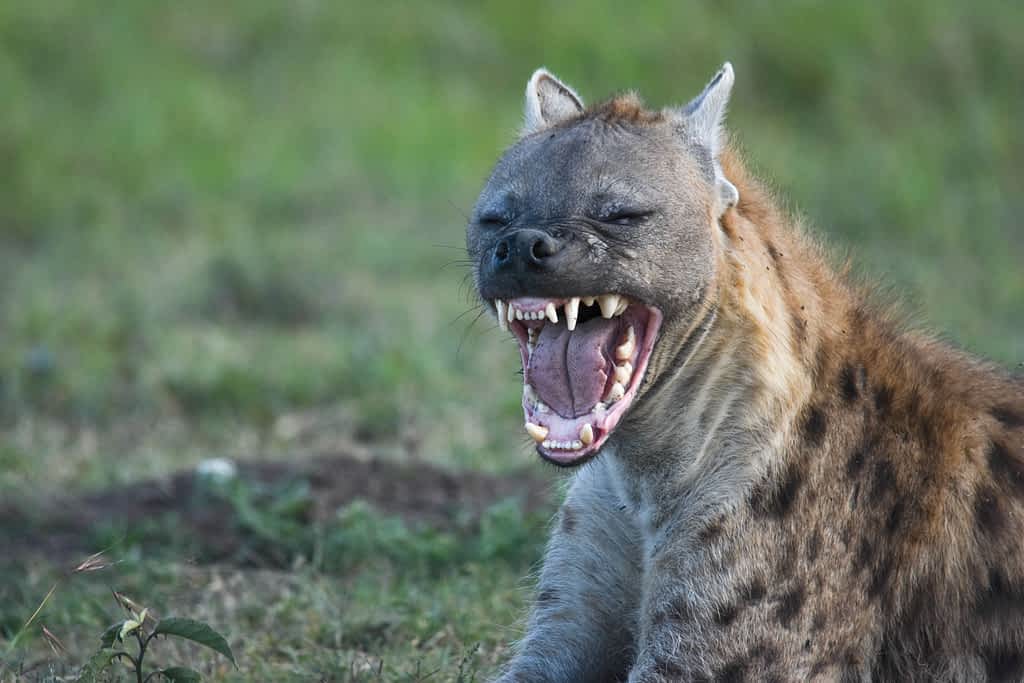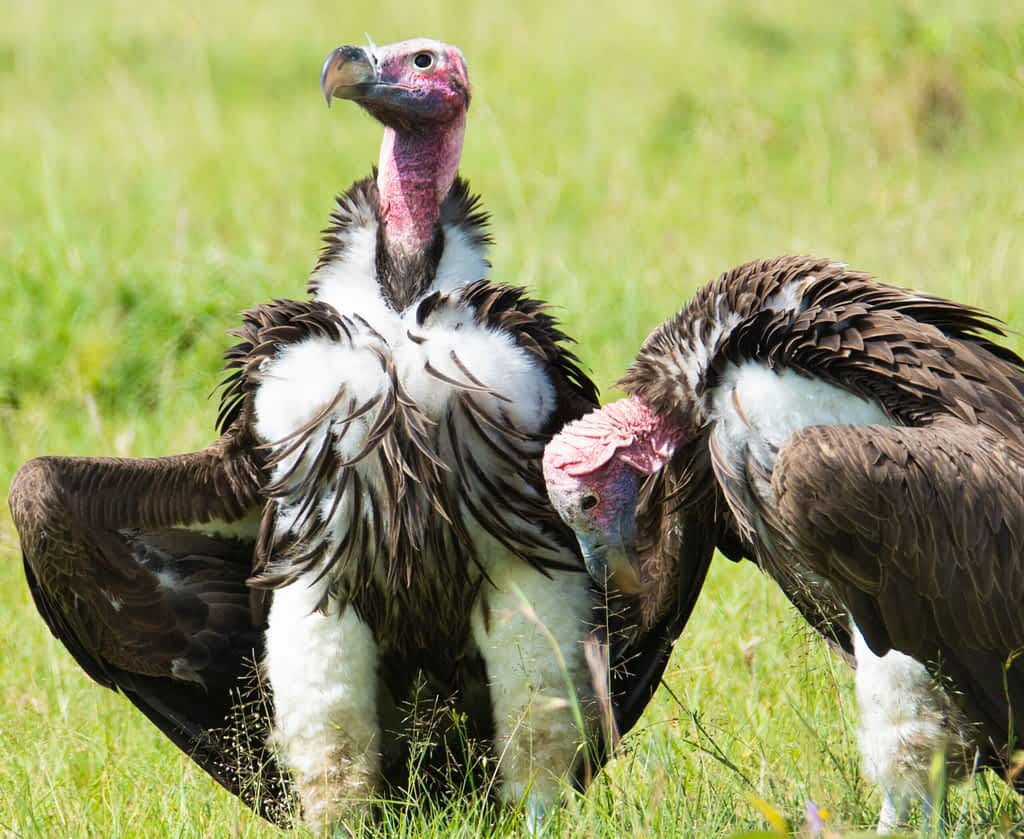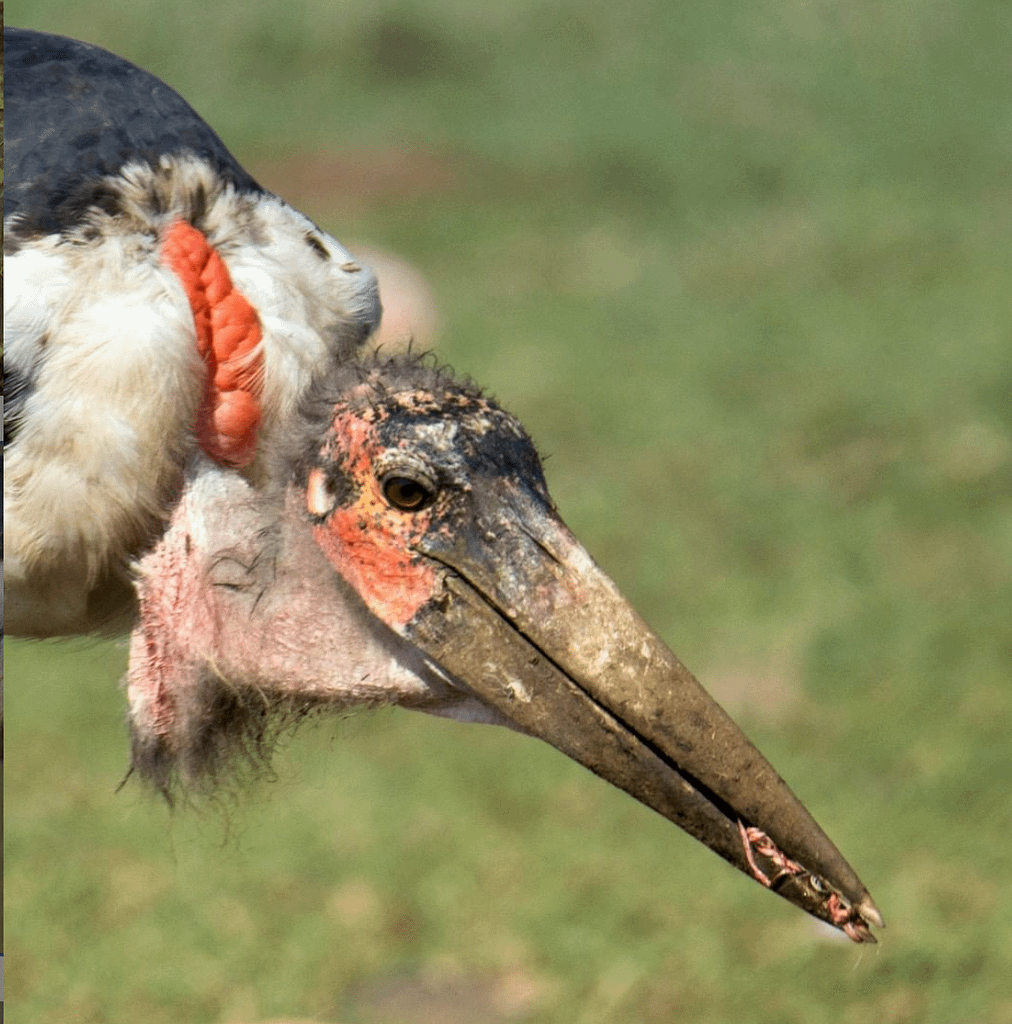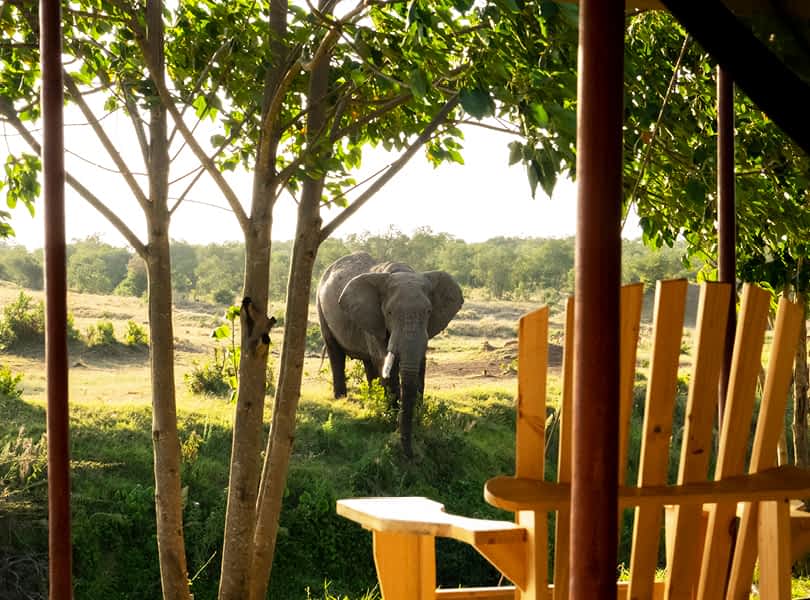Most safari goes are familiar with the infamous Big 5 — rhino, elephant, lion, leopard, and Cape buffalo. Each year, thousands of people flock to the African continent to spot and observe these amazing creatures. While the Big 5 are usually considered the main attraction on a safari, there is a lesser-known list of not-so-majestic animals known as the Ugly 5. These animals might not be the easiest on the eyes, they are still impressive to see in the wild.
1.The Hyena

While hyenas look a lot like dogs, they aren’t actually members of the canine family. Four species in the hyena family live across most of the African continent. The Spotted Hyena, also known as the laughing hyena for its whooping cries, is the most common large carnivore in Africa.
The Spotted Hyena is extremely intelligent and lives in groups called clans. These groups have a complex social hierarchy and are ruled by an alpha female. Since females are generally bigger, stronger, and more aggressive than males, they naturally hold a higher rank. Females do the majority of the hunting, dictate the social structure, and raise cubs as single mothers. Females always stay with the clan they are born into, inheriting their mothers’ ranks in the complex social ladder. Power in these clans most often passes from female to female.
Males on the other hand leave their childhood clan to roam the African plains alone until they assimilate into a new group at the bottom of the hierarchy of males. The highest-ranking male in the group is often subservient to the most junior female.
Hyenas have unique sexual anatomy. Female Spotted Hyenas have a pseudopenis and a pseudonscrotum, which mimic the male anatomy. The pseudopenis is actually the animal’s clitoris. Females urinate, have sex, and give birth through this structure.
Hyenas have one of the most powerful jaws in the animal kingdom. They can crack and open bones that are nearly 2 ½ inches in diameter. This allows them to access nutrient-rich marrow that is inaccessible to other weaker predators. Hyenas can also digest things that most other animals cannot such as bone and hooves.
At night in the African Bush, it’s quite common to hear the sounds of the hyena as they call each other making an easily recognizable ‘whoop sound.
Fun Fact – A hyena’s “laugh” can be heard up to 8 miles away.
2.The vulture

While the lappet-faced vulture is a member of this list, pretty much any vulture could be a member of the Ugly 5. The lappet-faced vulture holds the top of the pecking order of all the vulture species in Africa. Its strong beak can penetrate the carcass that other vultures cannot open, allowing the lappet-faced vulture to dominate the other species.
Since these birds feed on rotting carcasses, they are constantly exposed to disease and bacteria. Vultures have adapted to have hairless heads and necks which helps prevent bacteria and parasites from burrowing in their feathers and causing infections.
Like the marabou stork, lappet-faced vultures are monogamous breeders and mate for life. While building their nests, the pair roosts nearby. Even when they have finished their nest, they won’t use it until an egg has been laid.
As scavengers, vultures play a crucial role in the environment by cleaning up carcasses that would otherwise rot and cause disease. Unfortunately, their population is endangered and declining due to many threats, mostly from humans. Many vultures die each year from poisoning, either accidental or intentional. There is also a steady decline in the number of carcasses that are available to eat due to agriculture, pollution, hunting, and urbanization. This could potentially starve vultures out of existence. In Kenya, most of the remaining vultures are only found in protected areas.
3. wildebeest

The wildebeest is a unique-looking member of the antelope family. Its name comes from the Afrikaans word for “wild beast”. Each year, wildebeests take part in one of nature’s most spectacular events known as the great wildebeest migration. This migration, which consists of over a million wildebeest, is the largest land animal migration in the world. Accompanied by hundreds of thousands of zebras and antelope, the migration travels in a circular motion through the ecosystems of the Serengeti (in Tanzania) and the Maasai Mara (in Kenya).
Even though the migration occurs through a continuous clockwise cycle, it’s most famous for the transition across the crocodile-infested Mara River between Kenya and Tanzania (which typically takes place between July to October). This increase in prey attracts many large predators which make for some dramatic scenes.
Wildebeest and zebra are often found together and have a symbiotic relationship. Zebras feed on longer tough grass while wildebeests feed on shorter grasses. Zebras are also useful in helping to navigate the herd. They have a great memory which helps them recall safe migration routes. Zebras also have great eyesight to see predators while wildebeests have a good sense of smell and hearing to detect water and lurking predators.
Fun Fact – The month of February has the highest calving rate with over 8,000 wildebeests born every day.
4. Warthog

Warthogs are members of the swine family. As their name indicates, warthogs have warts on their face. These “warts” are actually thick patches of skin used to protect the warthog and cushion the animal’s face from teeth or claws during an attack. Males generally have three pairs of large warts while females have two smaller warts.
These animals live in the open grassland, savanna, and woodland of Sub-Saharan Africa and are normally found in groups. Warthogs spend most of their time in search of food. Although warthogs are herbivores, they sometimes munch on dead animals, worms, or bugs that they find while they forage. They sleep underground in burrows that they steal from other animals such as the aardvark.
When on a safari, you might spot these animals as they dart through the tall savannah grasses with their tails standing straight up as they flee from whatever they perceive to be a danger. Warthogs are surprisingly fast and are capable of running at speeds of up to 30 miles per hour.
Fun Fact – A warthog’s tusks can grow 10 to 11 inches long.
5. Marabou Stork

Marabou storks are considered one of the ugliest birds on the planet. The marabou is a meat eater who is usually seen near the carcass of a dead animal looking like an undertaker. They primarily feed on the carcasses and scraps of dead animals similar to other scavengers like vultures, jackals, and hyenas.
The marabou stork is large and has a wingspan of 2.6 meters (about 8 ½ feet) and a height of 1.5 meters (nearly 5 feet). They have hollow leg and foot bones, an adaptation that helps them fly.
Marabou storks are opportunistic hunters. When they aren’t scavenging already dead prey, they look for other vulnerable targets. During a grass fire, a marabou stork is known to wait close by to catch small animals as they flee to safety.
Experience the Ugly 5 Yourself
When planning your trip to Africa, be sure to add the Ugly 5 to your list of animals to see. At King Salama Safaris, we’re here to help you plan every detail of your trip. If your goal is to see the wildlife of Kenya and Tanzania, let us help you plan your Great safari trip!



















